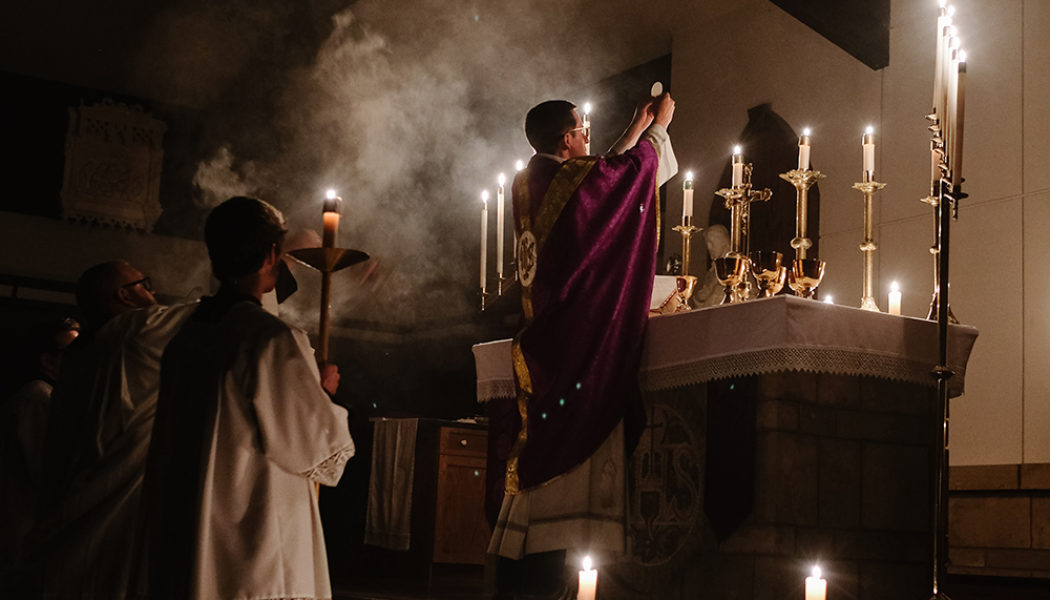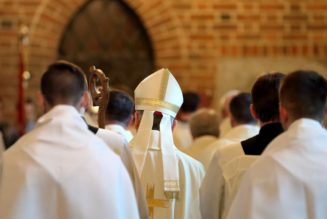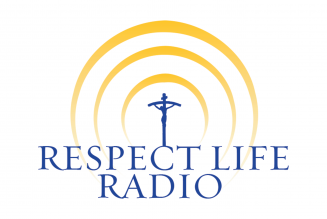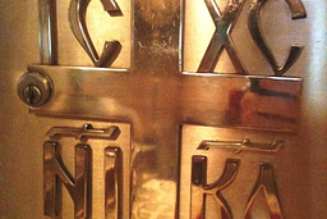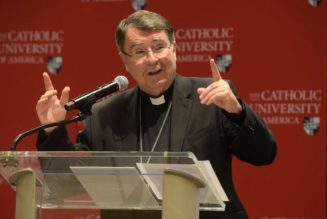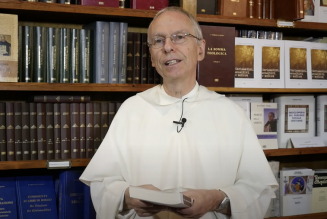
Until the 1960s, Catholics worshipped ad orientem, with priest and congregation facing the East during Mass. Originally Christians celebrated Mass before daybreak Sunday morning with the rising sun serving as a symbol of Christ’s resurrection (testified by Pliny the Younger’s letter to the Emperor Trajan in 112 A.D.). The common liturgical direction toward the East honored the resurrection and anticipated the Lord’s coming in glory. The oldest Christian church discovered in the world (without a later structure built over it), the house church at Dura-Europos in Syria, dating from the early 200s, was found with its altar touching the wall, facing East. Churches were constructed throughout history in this same fashion, with the altar (whether against the wall or not) oriented toward the East.
Even though there were more exceptions to a strict interpretation of this geographical direction in recent times, priest and people still worshipped facing the Lord together throughout the entire history of Catholic worship. Services facing the people arose during the Reformation, because ministers were focused on speaking to and leading the congregation. The priest during Catholic worship, however, acts in the person of Christ and leads the members of the Body in a common approach to the Father. The Mass does not focus on the people but seeks to give glory to the Father through Christ and in the Holy Spirit. The Mass is not about us ultimately but about coming into communion with God, worshipping him and being drawn into his life.
Why, then, did we change the direction of Catholic worship to face the people, called ad populum, in contrast to ad orientem? The Second Vatican Council did not mention this change and there is no official liturgical document from the 1960s that directed it. The thought following Vatican II’s constitution on the liturgy, Sacrosanctum Concilium, was that the Mass, which had been celebrated in an oft-inaudible Latin, should be more accessible to the people. In the experimental period between the constitution in 1963 and the promulgation of the reformed Mass of Pope Paul VI in 1969, the posture of facing the people had already become standard as a kind of spontaneous reaction to the liturgical mood of greater transparency and accessibility.
It is truly amazing that a timeless practice of Christian worship, such as the posture of ad orientem, would be abandoned without the directives of a Council or even any deliberation from authoritative bodies. Over the last 50 years, it has become the absolute norm. At the same time, works such as Pope Benedict XVI’s Spirit of the Liturgy and Uwe Michael Lang’s Turning towards the Lord (both published by Ignatius Press) have pointed to the implications of this change for the way Catholics perceive the meaning of liturgy. It appears to have become more human-centered rather than God-centered, indicating more of an enclosed circle than a transcendent action that draws us beyond the confines of the church. Inspired by these reflections, some priests have been seeking to recover the ad orientem posture. And not far behind that decision, controversy lurks.
Many congregations panic, thinking that the priest has “turned his back” on them. Others allege a return to a properly abandoned archaic way of doing things: “Father’s taking us back to the past.” Bishops will tell priests to desist, and two prominent archbishops have put restrictions on the practice just this last year in the United States. Nothing compares, however, to the literal “liturgical war” that has erupted in India within the Syro-Malabar archeparchy of Ernakulam-Angamaly, rejecting the decision of the Church’s governing synod to introduce a uniform celebration of the liturgy with the Liturgy of the Word facing the people and the Liturgy of the Eucharist ad orientem. While this decree was implemented in the rest of the Syro-Malabar Catholic Church in relative peace, protests from priests and the laity have led to the replacement of an archbishop and violent disruptions of liturgies and meetings in this one archeparchy. No resolution has been reached.
What is so controversial about ad orientem that would lead to restrictions by bishops and violent protests? Although Vatican II said nothing about changing the priest’s direction during Mass, ad orientem has become a symbol of more traditional liturgy, leading some to see it as voicing hesitation or even a rejection of the new liturgy. If the post-Vatican II liturgical changes sought a greater openness to the world, increased intelligibility, accessibility, and transparency, then the return to ad orientem would seem to constitute an “about face.” For supporters, it would reorder the liturgy toward greater solemnity, transcendence, mystery and a common orientation toward God. Although there is nothing, other than custom, that connects the new order of the Mass intrinsically to celebrating Mass ad populum, some priests and bishops may feel threatened by an older and even ancient custom as challenging the established order. The Church will have to navigate this important question in the coming decades. Will we return to this ancient practice, despite controversy, or retain the congregation-centered posture that has become the new norm?
